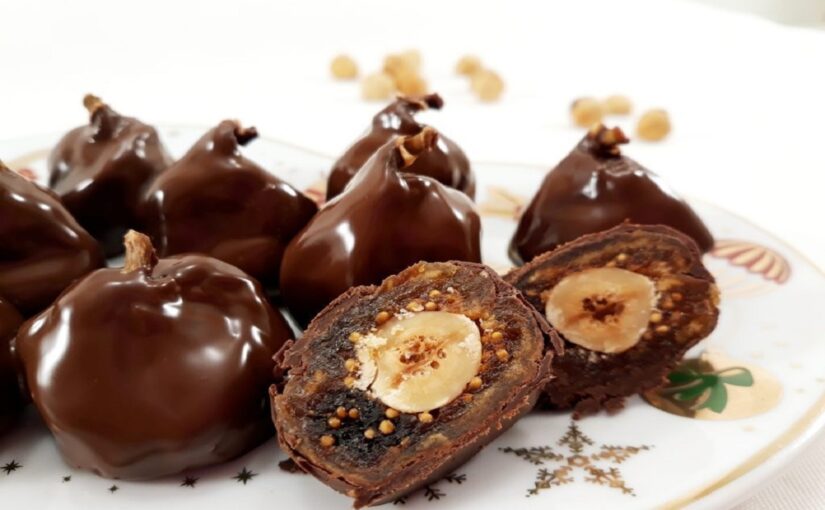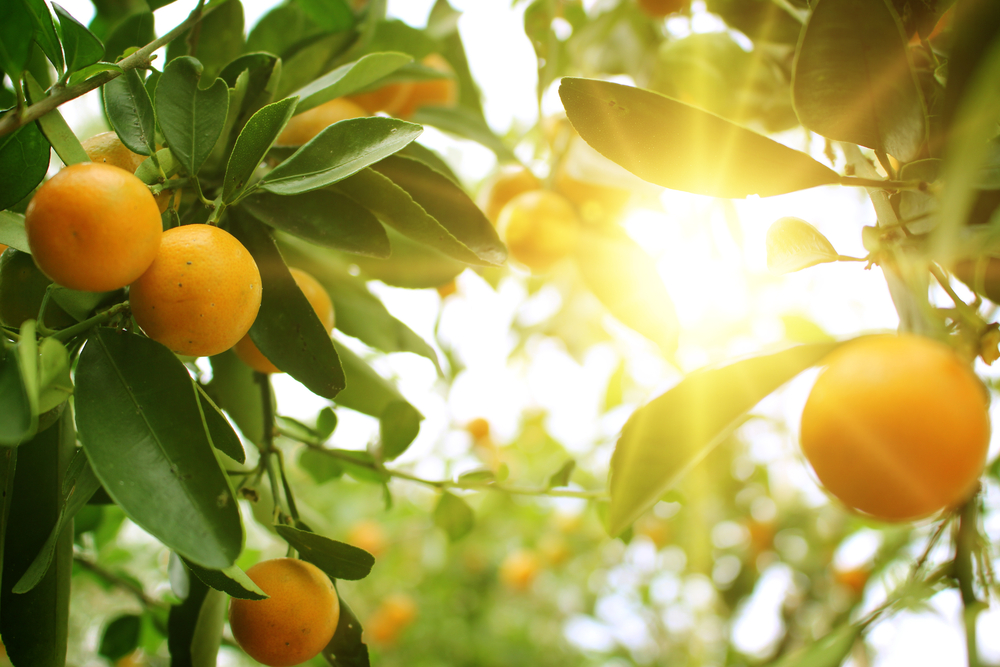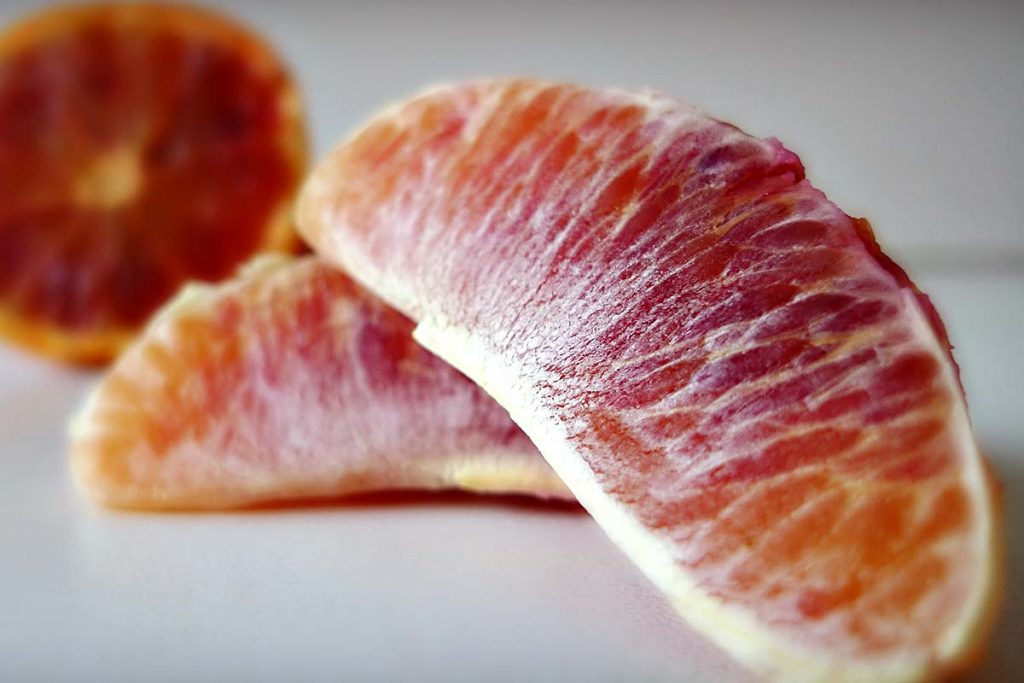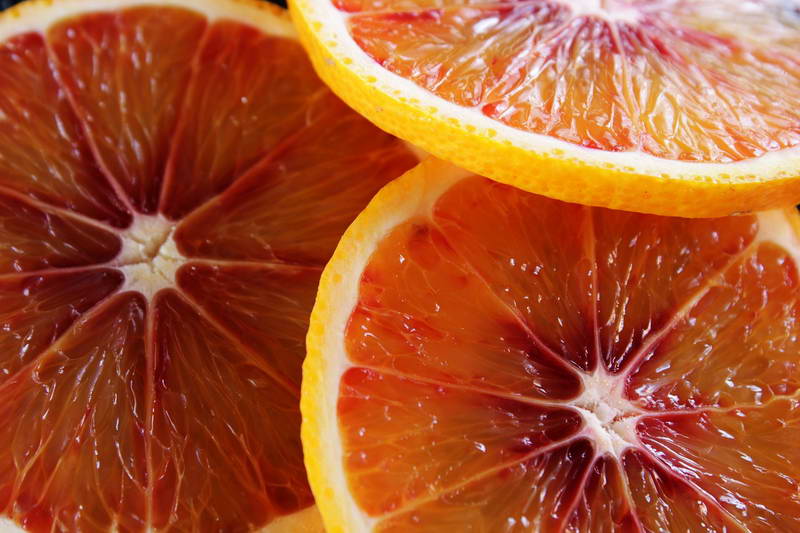9.5.2022
It is no coincidence you smile when you taste “chocolate figs” of Calabria.
See our selection: 100% Italian (from Calabria) figs, fresh chocolate ready to be delivered abroad!
Another “must have” of our authentic Calabrian made in Italy hand made products!
See our procedure of producing Dried figs filled with chocolate, a must of the Calabrian Christmas gastronomy, a gift of Mediterranean civilization to South of Italy, to Italy and to the world (they are very appreciated in London, for example).
Dried figs filled with chocolate in Calabria are donated to relatives and friends, or however tasted during the Christmas holidays, because they can be kept for months, if stored in tin boxes and covered – once dried – with sheets of baking paper.
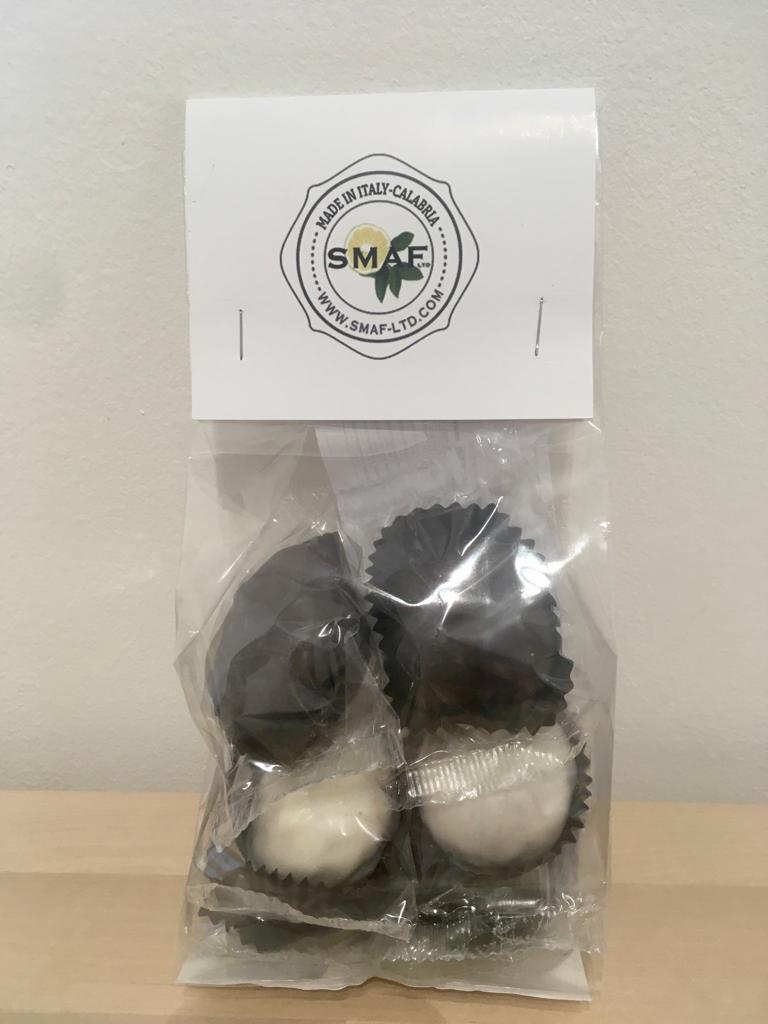
The traditional preparation period for this typical Calabrese dessert is September, a period of abundant figs. In this way, a delicious idea was devised to preserve and enjoy them throughout the year, even in the coldest months.
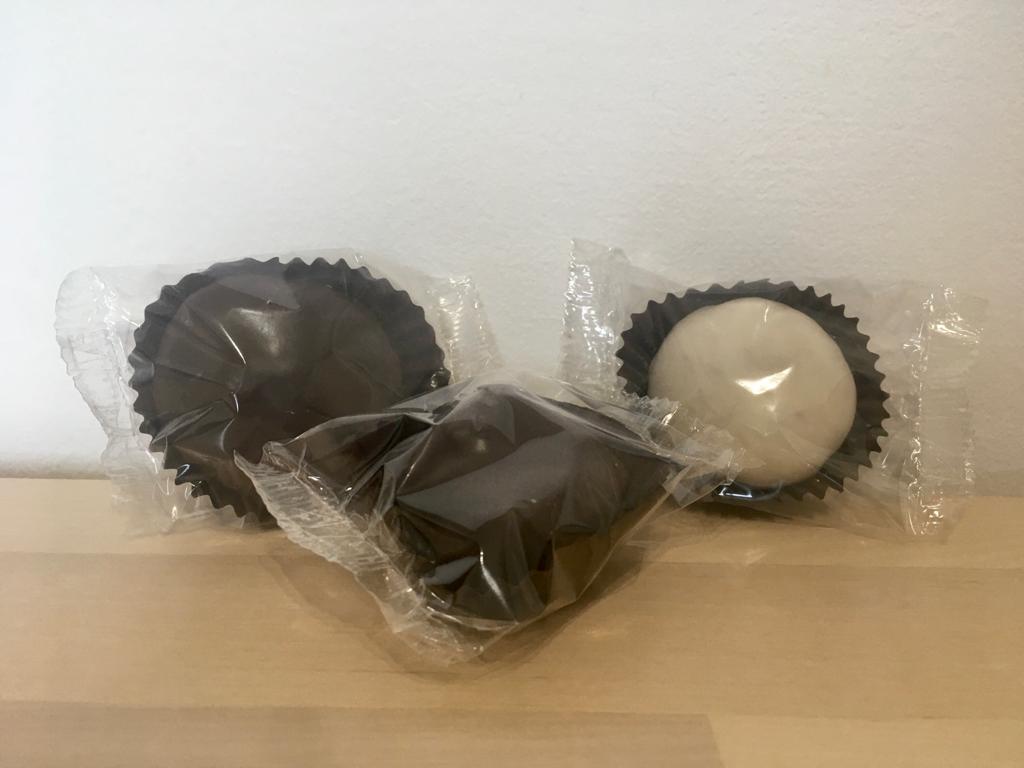
PREPARATION OF DRIED FIGS
The figs are cut in half, leaving them united in the narrowest part, that of the petiole. Hence the name crocette, that is the cross-shaped name they take after the filling and pressing. Figs are dried in the sun on special reeds.
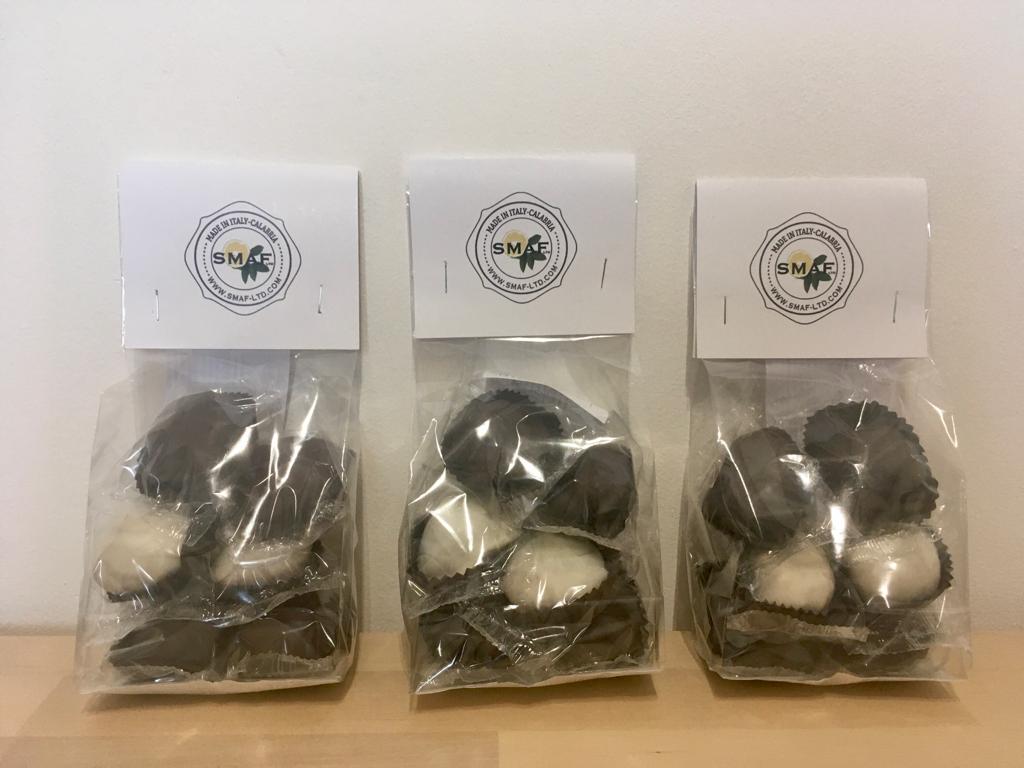
A selection therefore takes place because the figs destined for the preparation must all be of the same size. After the selection the figs are stuffed according to tradition with a preparation of sugar and cinnamon, with the addition of walnuts or almonds and orange and lemon peel. They are then pressed manually so that the two open parts of the fig are perfectly matched.
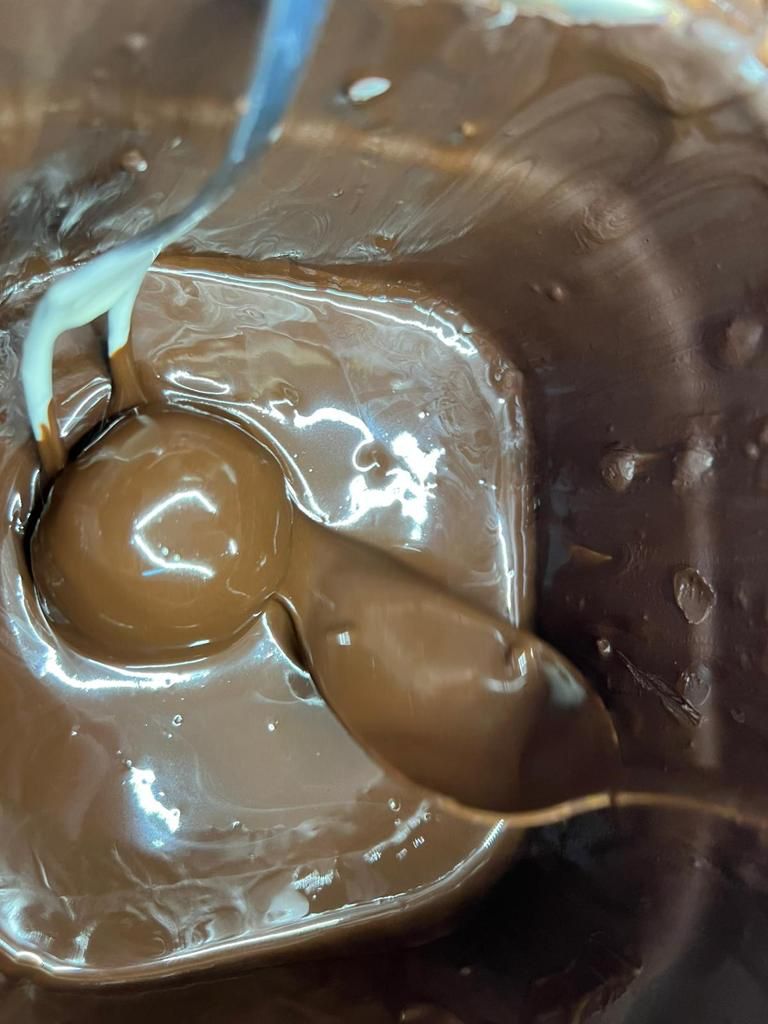
Once the figs are stuffed they are baked and cooked at 200 °C, then the product is sterilized. Immediately after cooking, they are cooled in special rooms and then packaged.
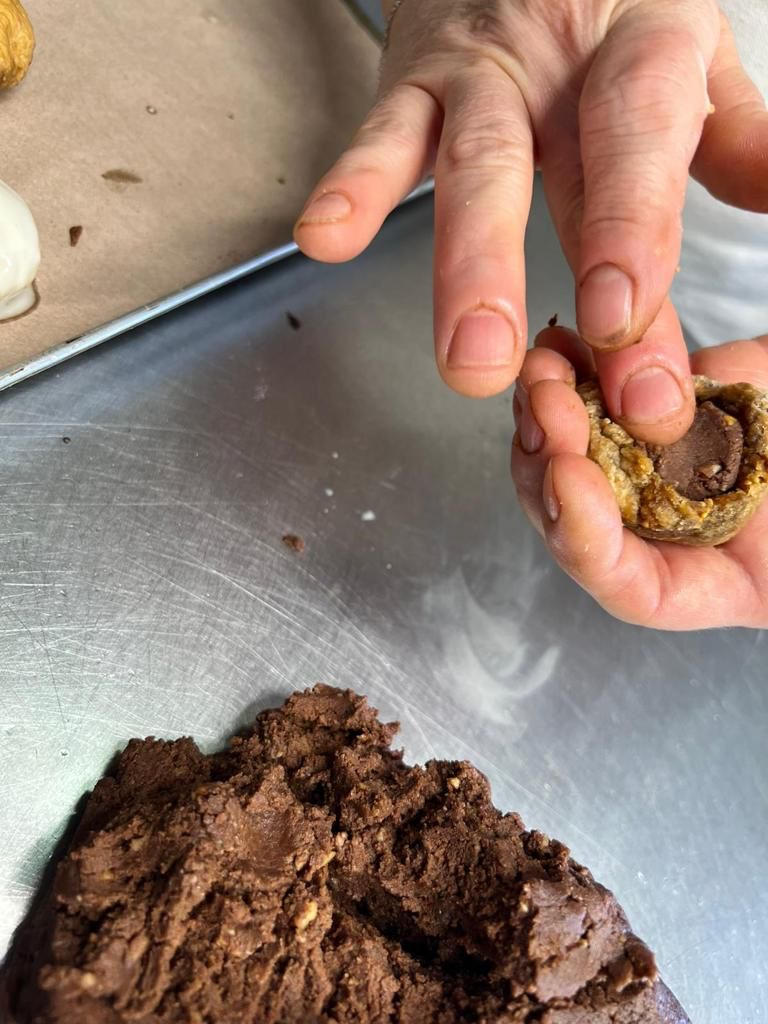
The dried fig crosses are packaged with three different preparations:
- the first involves the use of almonds for the filling of figs,
- the second the use of walnuts and
- the third instead involves covering the product with dark chocolate.
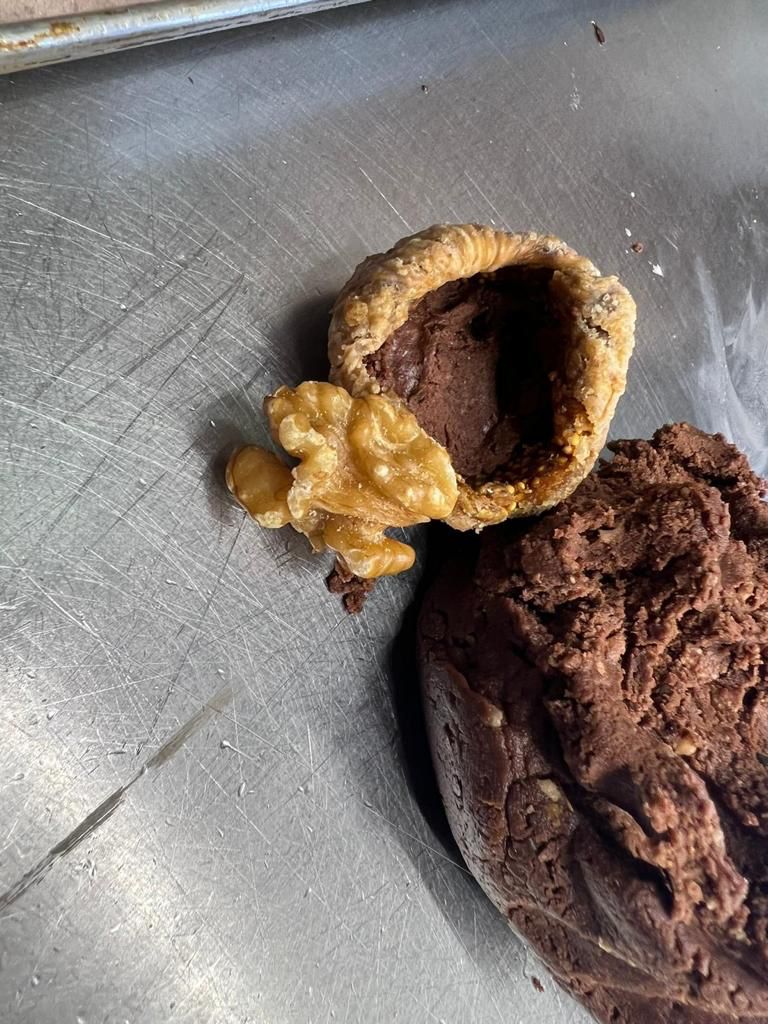
STUFFED DRIED FIGS, COVERED WITH CHOCOLATE
The chocolate-covered figs are real pleasures of gluttony. Serve as a dessert, they cannot be missing from the Calabrian table where figs are an ancient and traditional food.
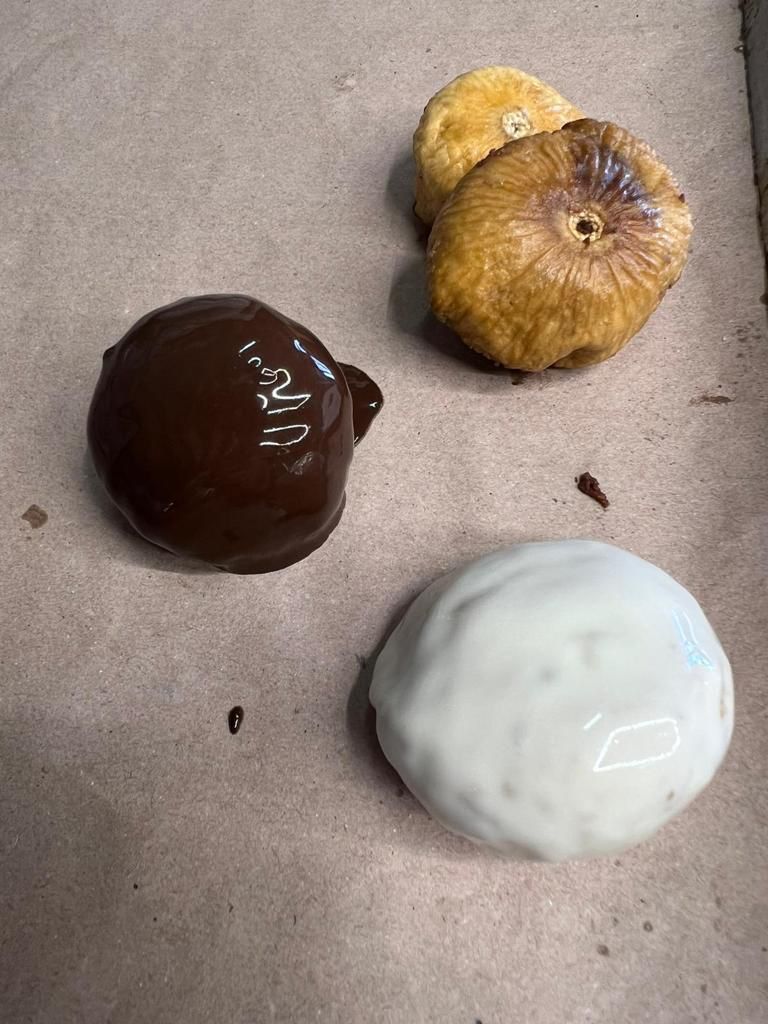
Figs can be processed in many different ways.
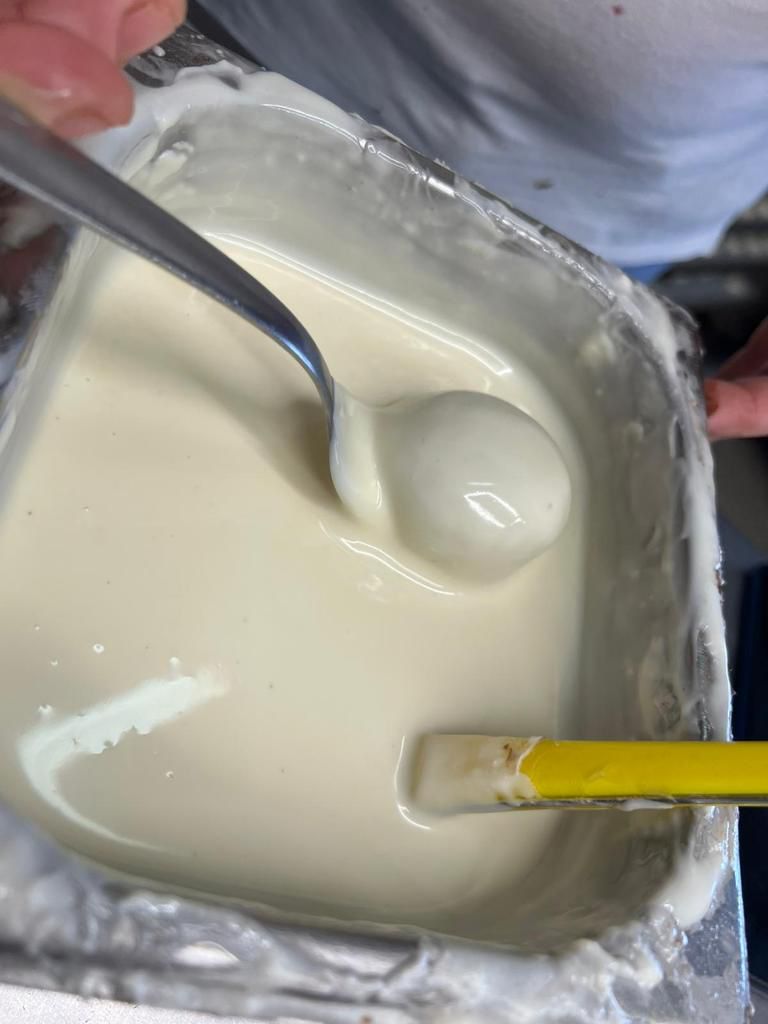
The figs are first cut in half and then filled with a filling:
- of hazelnuts,
- cocoa,
- aromas including carnation, cinnamon and citrus fruit peel.
Everything is mixed with the cooked wine which gives it a unique and particular taste. Finally they are covered in chocolate and packed in 250g boxes.
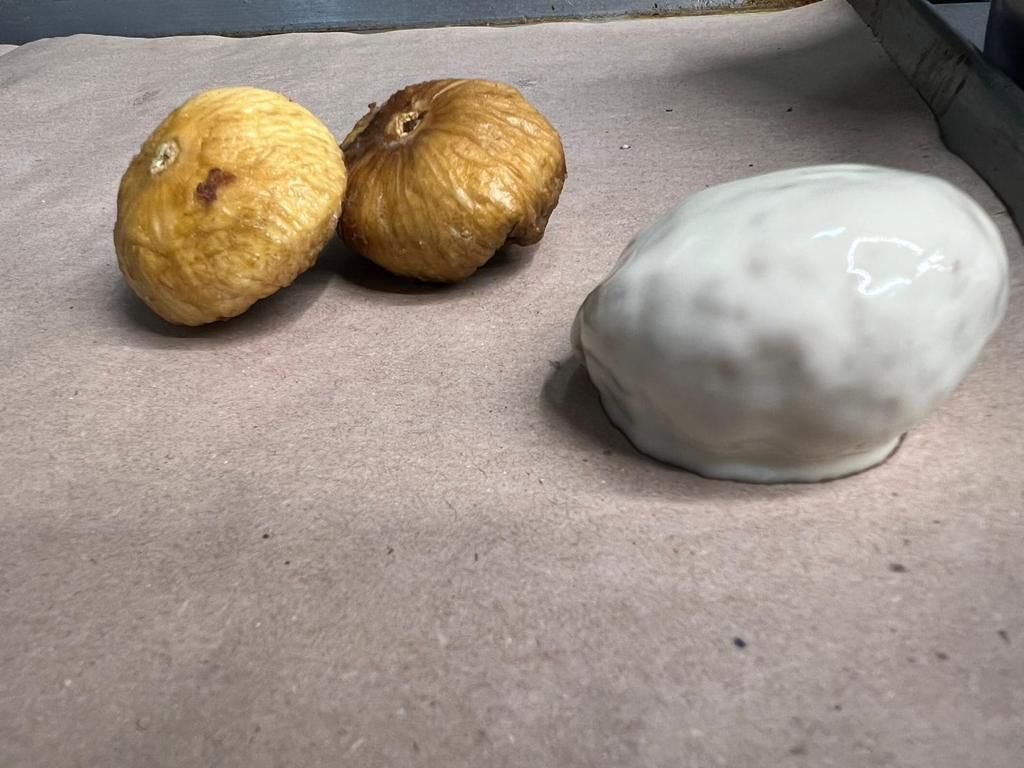
VARIOUSLY STUFFED FIGS
In the Calabrian tradition we also find the flavored figs, prepared with the fruit that is opened in half leaving the part of the petiole joined, it is usually stuffed and flavored with:
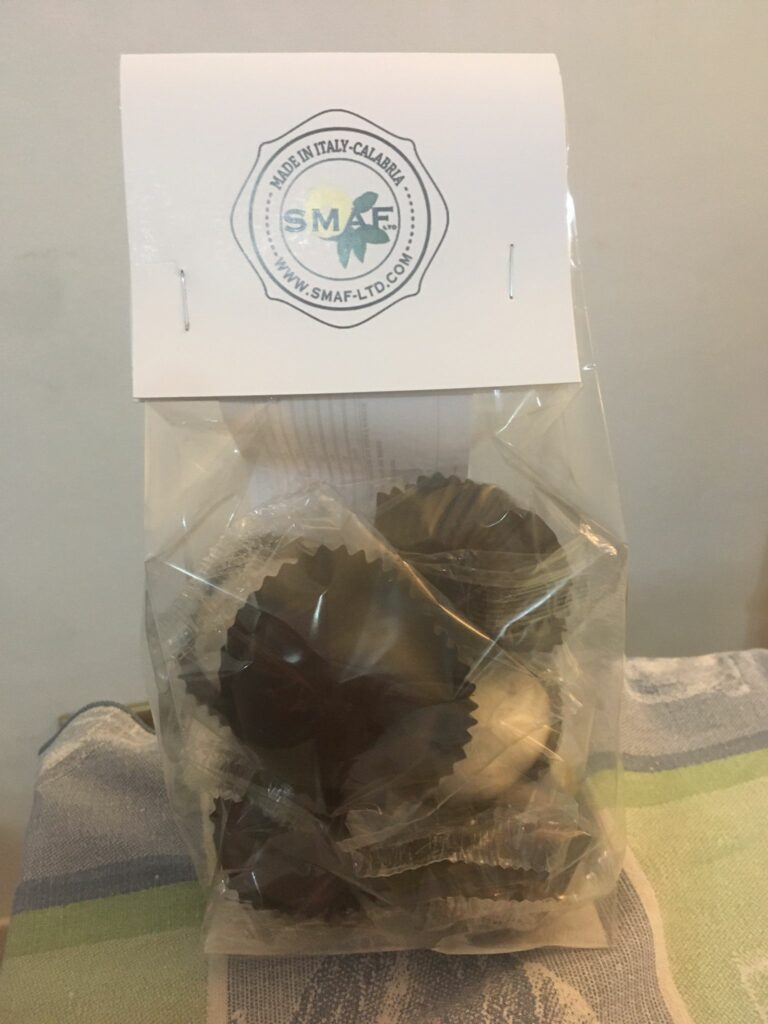
- nuts,
- carnation,
- cinnamon
- citrus peel (orange or lemon).
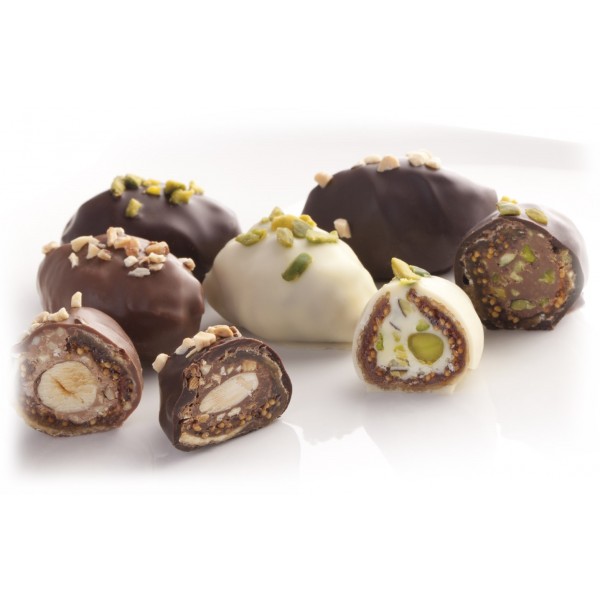
ALMOND FLAVORED FIGS
In the Calabrian tradition we also find the flavored figs, prepared with the fruit that is opened in half leaving the part of the petiole joined, it is usually stuffed and flavored with:
- almonds,
- carnation,
- cinnamon,
- citrus peel (orange or lemon).

They are dried figs stuffed with almonds cooked in the oven, then skewered in sticks alternating the fruits on the right and left. This combination of dried figs and almonds is excellent in terms of nutrition. In addition to the excellent supply of energy and nutrients, thanks to the omega 3 contained in the almonds, the intake of this food product contributes to reducing the bad LDL cholesterol and also thanks to the fiber content there is a mile control of blood sugar levels.

